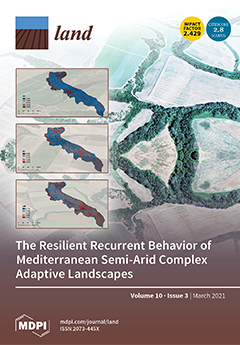Strengthening Adaptive Capacity of Extensive Livestock Systems for Food and Nutrition Security and Low-emissions Development in Eastern and Southern Africa
Livestock production is a major livelihood in many parts of Africa, providing multiple benefits and uses that include milk, meat, payment of dowry, measure of wealth, draft power among others. In particular, extensive livestock systems support most of Africa’s livestock population, with 63%, 82% and 70% of the continent’s cattle, sheep and goats, respectively. Mostly, they are raised in climate-sensitive arid and semi-arid areas of Africa in subsistence level rain-fed systems.



